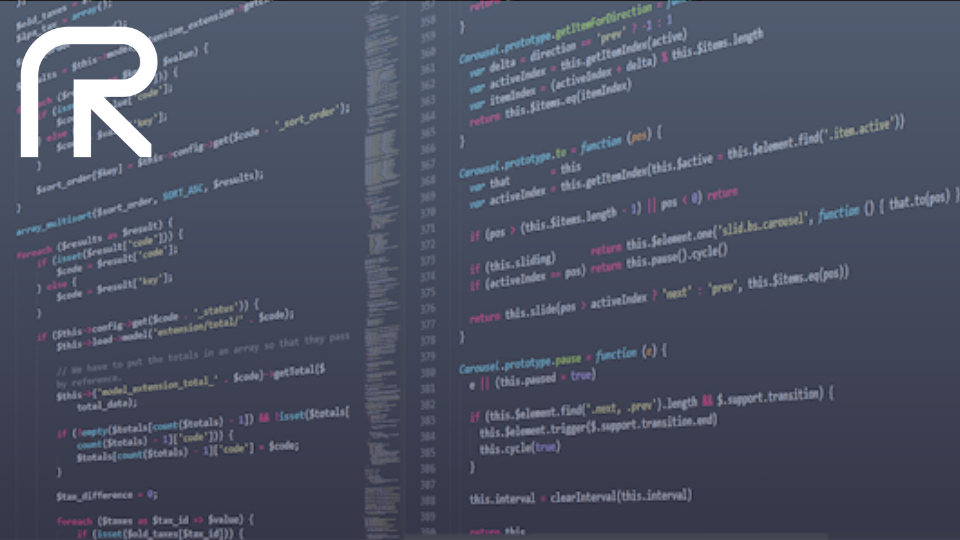LyGuide Series: Language Transformers
Jan 19, 2023 12:00:00 AM LyRise Team 2 min read

Language Transformers
Transformers are powerful NLP models that will continue to improve and dwarf all the other models in output quality and speed.
Transformer is an architecture that stands out from the rest due to its scalability, parallelizability and responsiveness.
Transformer is an architecture that stands out from the rest due to its scalability, parallelizability and responsiveness. It was invented by Google researchers in 2017. It is used in NLP tasks such as translation, language modeling, dialogue generation, etc.
The transformer consists of a bidirectional LSTM layer along with attention mechanism which allows it to allocate attention to some parts of input sequence while ignoring other parts.
It was invented by Google researchers in 2017.
I'm sure you're wondering, "How did they come up with the name?" Well, it was invented by Google researchers in 2017. And if you're wondering what exactly a transformer is, it's basically an improved version of recurrent neural networks (RNNs).
It was designed to be used in Natural Language Processing tasks like translation, language modeling and dialogue generation.
It is used in NLP tasks such as translation, language modeling, dialogue generation, etc.
-
In NLP tasks such as translation, language modeling and dialogue generation, it is also called language translator.
-
It is a machine learning model which maps a source sentence in one language to another target sentence using a sequence of words from both the sentences.
Recent developments from OpenAI and Google have shown that transformers can outperform human engineers in various tasks such as translating languages, constructing a code based on the description of task at hand, generating texts based on their context and the keywords provided.
Recent developments from OpenAI and Google have shown that transformers can outperform human engineers in various tasks such as translating languages, constructing a code based on the description of task at hand, generating texts based on their context and the keywords provided.
For example, Google’s Transformer was able to create an entire novel called ‘Sputnik Sweetheart’ (by Haruki Murakami) in Japanese by using only English as input. While this accomplishment might seem trivial for humans, it is mind-blowing considering it required no prior knowledge about Japanese or Murakami's writings.
Transformers are powerful NLP models that will continue to improve and dwarf all the other models in output quality and speed
Transformers are a type of NLP model that stands out from the rest due to their scalability, parallelizability and responsiveness. They were invented by Google researchers in 2017 and have since been used for tasks such as translation, language modeling, dialogue generation and more.
The architecture of this model has many similarities with other architectures such as recurrent neural networks (RNNs), LSTMs (long short-term memory) and CNNs (convolutional neural networks). Its major difference is its ability to use end-to-end learning without requiring intermediate representations or having a separate encoder-decoder system.
Conclusion
The future looks bright for Transformers. The recent research papers from OpenAI and Google have shown that transformers are powerful models that will continue to improve and dwarf all the other models in output quality and speed. They have also demonstrated that these models can be used in many different contexts such as natural language processing (NLP), video captioning, question answering, etc., so they can benefit many different fields.